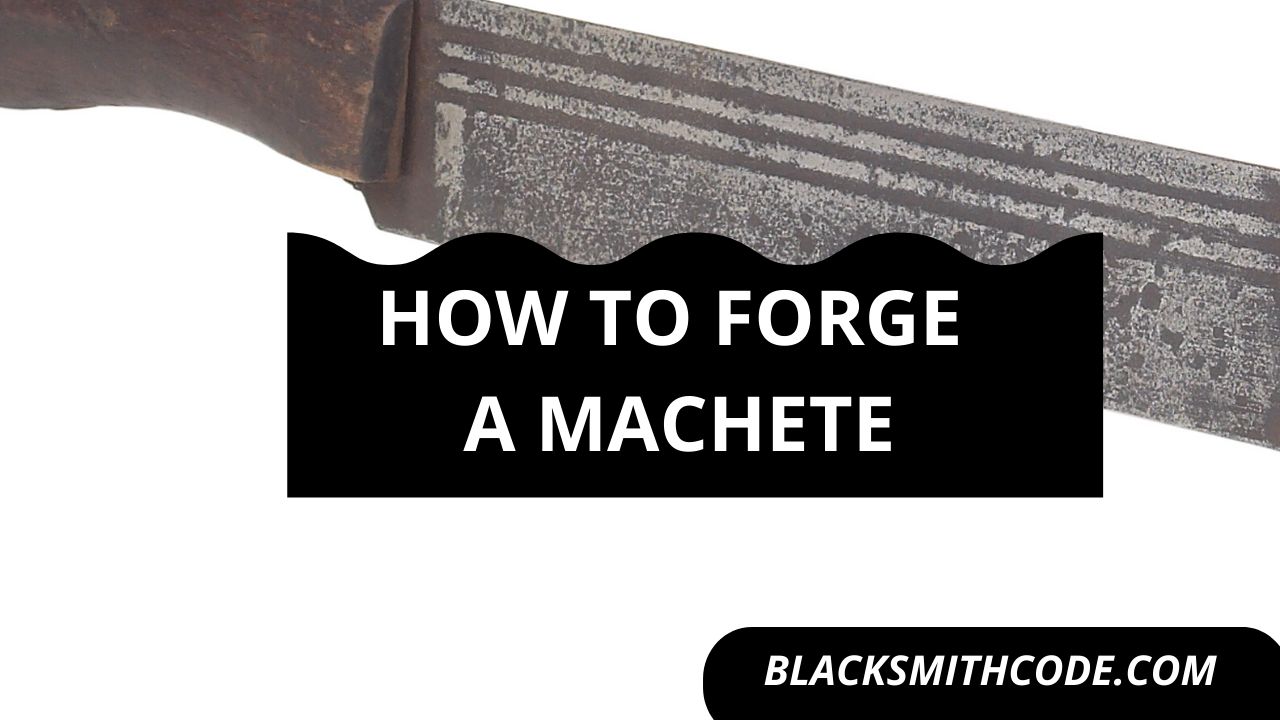Have you ever imagined making a decorative structure that still guarantees your security? A hinge is one of the unique products of blacksmithing. Read on to find out how to to forge hinges.
Hinges provide high security for structures. They are usually included in a setup to prevent intruders from gaining access. To a reasonable extent, a right hinge would protect your doors, cabinets, and the likes.
To many out-lookers, forging a hinge is complicated until they attempt to make one. You might think the designs are not straight forward until you find the right steps to follow.
It often appears like forging a hinge requires a high level of precision. On the contrary, it is highly flexible because of the unlimited creativity you can integrate into your design. The accuracy you need for a perfect outcome will come almost automatically once you follow the necessary steps.
Here are some of the most productive and easy steps to follow if you intend to forge your hinge.
Essentials
Below are some of the tools and materials that are essential for the success of the project.
Anvil
Instructions on How to forge hinges
Step 1: Get Your Materials
It is crucial to know the materials you need for the process before proceeding with anything else. Ensure that you have the right tools and materials and keep them nearby.
For a hinge, you can make use of a diverse type of steel. You can make use of scrap metals or steel bars. High carbon steel is preferable for this process because of the strength, durability, and hardening effect you would need.
Step 2: Create Your Design
The design for hinges varies greatly depending on what you intend to create. There are varieties of designs, which can be a determining factor for many other processes.
You should be aware that a hinge has two significant parts joined together at a moveable joint. You have to create these two parts separately. Most times, the fore part is usually longer than the hind part.
Step 3: Heating and Cutting
Measure the length you intend to make. Here, you have to make the two sides one at a time. Each of them can be of different length, but the lengths must be complementing.
Similarly, you can use different designs for each side. If you are a first-timer, you don’t have to choose a complicated design. Create each side one at a time when forging hinges.
Quick Steps
- Heat the metal to a workable temperature.
- Hammer the tip of the metal at a precise angle to take your desired shape.
- You might have to re-heat the metal as you progress.
- Once you have achieved your intended design, cut the first part from the steel bar at an appropriate length.
- Repeat the process for the second part and cut it off as well.
Step 4: Create The Point Of attachment
There is usually a point of attachment between these two parts. The point of attachment is typically moveable and allows the flexibility of the door. There are several ways to create the point of attachment when learning how to forge hinges, but the most common type is making it in the form of a pivot.
Quick Steps
- Heat the terminal end of both sides and bend it inwards.
- Remember to keep the drifting eye intact all through the process. You can leave a sizable steel stock to prevent the distortion of the drift eye during hammering.
- One part of the hinge is usually more extensive than the other.
- Measure the end of the smaller piece from the larger one.
- Cut out the size to form a complementary shape. Something similar to a lock and critical complementary way.
- File the part you cut out to make it smooth.
- Ensure that space fits perfectly with no lagging space.
Step 5: Puncture
Puncturing aims to create the space where you can nail your hinge to the door or other surfaces. Make holes at strategic points on each side of the hook. Ensure that you make enough punctures to hold the hinge to the surfaces firmly, but not too much to perforate the entire metal.
Step 6: Tempering and Hardening
The tempering process of the forge is the same as that of every metal. All you have to do is to heat each part of the hinge and quench it rapidly. Repeat the process until you have your desired texture.
Step 7: Join the Two sides
It should be easy for you to fix the two parties if you carry out your cutting correctly, and you maintain consistent size for the drift eyes.
Quick Steps
- Fix the two ends in their complementing positions.
- Insert a suitable metal in the drift eye to perfectly fit. You might have to hammer the metal inside gently. However, you should be conscious of the free movement around your pivot.
Step 8: Finishing
Wash your hands and the area which has glue on it in hot, soapy water.
Now, it is time to clean up your work. You can use the most suitable method for your finishing. Polishing and painting is a good idea.
You can be flexible with the finishing touches. Just ensure that you have an appealing outlook at the end of the project.
FAQs on How to forge hinges
Question
Does the size of a hinge matter?
Yes, the size of a hinge matters a lot. It is significant in the materials that will be used to create it and its utility. Often, the size of a hinge is dependent on its intended purpose.
Question
What are the uses of a hinge?
The uses of a hinge are immeasurable. They are used to hold two separate bodies together firmly. They are mostly used for doors, windows, cabinets, lockers, and so on.
Question
Are there different types of hinge?
There are different types of hinges, and you can tell them apart by their appearance. They are also suitable for various purposes, but some are more versatile than others. The common types of hinge include pivot hinge, barrel hinge, butterfly hinge, Butt hinge, piano hinge, flush hinge, and so on.
Video on How to forge hinges
Precautions
Here are some of the significant precautions an individual must take while forging a hinge.
- Be careful while hammering to prevent hurting your fingers.
- Don’t assume any metal to be cold. Make use of your tongs instead of your bare hands.
- Use your gloves and other protective coverings while working in the blacksmithing shop.




